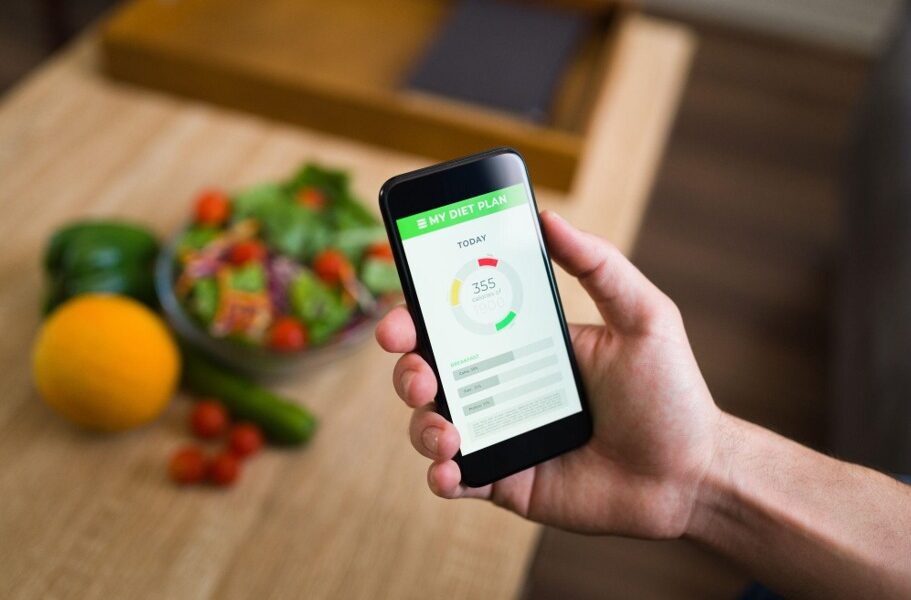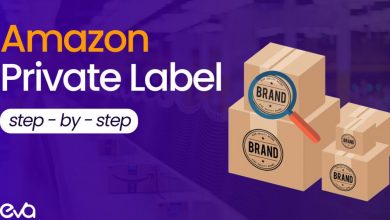Instacart 2025 Guide: How the App Works and What to Expect

The Instacart platform has become one of the most popular ways for people to earn flexible income while helping customers with their grocery needs. In 2025, Instacart continues to connect shoppers with customers who want groceries delivered quickly and conveniently. Shoppers earn money per order (called a “batch”), while customers benefit from the convenience of skipping store visits. For drivers, understanding how Instacart works, what pay looks like, and how to manage expenses is essential to making the most of the app.
Instacart is a grocery delivery and pickup service that uses independent contractors, known as “shoppers,” to fulfill customer orders.
How Instacart Works for Customers
- Order Through the App: Customers browse groceries online.
The app offers selections from local stores and supermarkets. - Shopper Fulfills Order: A shopper picks up items, communicates about substitutions, and ensures accuracy.
Good communication improves customer satisfaction and tips. - Delivery or Pickup: Customers choose between home delivery or curbside pickup.
Delivery includes contactless options for added convenience.
How Instacart Works for Shoppers
- Accept Batches: Shoppers view available orders in the app.
Each batch shows earnings, tip amounts, and store details. - Shop and Deliver: After accepting, shoppers pick and pack groceries, then deliver to the customer’s address.
Clear communication and accuracy help boost ratings. - Get Paid: Pay includes base earnings, promotions, and customer tips.
Shoppers can cash out weekly or use instant payout options.
How Shoppers Earn Money with Instacart
Instacart pay comes from multiple sources that together determine total earnings.
Earnings Breakdown
- Base Pay: The minimum amount set by Instacart for each batch.
It increases for larger orders, heavy items, or longer driving distances. - Tips: Customers can tip in-app or after delivery.
Tips often make up a significant portion of overall income. - Promotions: Instacart adds bonuses during high-demand periods.
Examples include holidays, weekends, or bad weather when orders surge. - Incentives: Rewards for completing a set number of batches.
These extra bonuses motivate shoppers to complete more shifts.
Average Instacart Pay in 2025
Pay varies widely, but averages provide a good idea of expectations.
- Hourly Pay: Shoppers often earn $15–$25 per hour before expenses.
Busy metro areas with larger tips can exceed this range. - Weekly Pay: Full-time shoppers typically make $600–$1,000.
Consistency depends on demand and shopper availability. - Part-Time Earnings: Casual drivers earn $150–$300 per week.
Instacart’s flexibility makes it popular as a side income.
Shopper Expenses to Consider
Since shoppers are independent contractors, they must cover their own costs.
Common Expenses
- Fuel: Gasoline or electricity for EVs is one of the largest costs.
Rising fuel prices directly reduce profits. - Car Maintenance: Oil changes, tires, and repairs add up quickly.
High-mileage driving accelerates wear and tear. - Insurance: Many drivers pay higher insurance rates for delivery work.
Specialized coverage may be required in some states. - Parking and Tolls: Urban shoppers often face added expenses.
These small costs build up over weeks and months. - Phone and Data Plans: The Instacart app requires a reliable smartphone.
Data use, chargers, and accessories are all part of business expenses.
Why Expense Tracking Is Crucial
Gross pay isn’t the same as profit. To understand true earnings, shoppers must track deductions.
- Mileage Deduction: At 70¢ per mile in 2025, mileage is the largest deductible expense.
Missing miles equals lost tax savings. - Other Deductible Costs: Phone bills, parking, tolls, and supplies add up.
Tracking ensures maximum tax benefits. - Tax Responsibility: Shoppers pay self-employment tax in addition to income tax.
Deductions reduce both, keeping more money in shoppers’ pockets.
How Everlance Helps Instacart Shoppers
Managing pay and expenses can be overwhelming. Everlance provides tools to simplify the process.
Features of Everlance
- Automatic Mileage Tracking: GPS logs every mile driven.
This ensures no deduction is lost. - Expense Logging: Shoppers can record gas, tolls, and other costs.
Having everything in one place simplifies tax prep. - Tax Reports: Everlance generates IRS-ready reports.
These reduce stress and save hours during filing season. - Profit Insights: Shows actual take-home pay after expenses.
Shoppers can clearly see if their gig is profitable.
Strategies to Succeed with Instacart in 2025
Beyond understanding pay, smart habits help maximize both income and efficiency.
Work Peak Hours
- Focus on evenings, weekends, and holidays.
Demand is highest, leading to larger tips and more frequent orders.
Choose Batches Wisely
- Look for strong pay-to-mile ratios when selecting orders.
Avoid small payouts that require long drives.
Provide Excellent Service
- Communicate with customers about substitutions and delays.
Positive experiences often lead to higher tips and better ratings.
Track Mileage and Expenses
- Use Everlance or similar tools to track all business costs.
This ensures deductions are maximized and taxes reduced.
Review Reports Monthly
- Analyze pay and expense trends.
This helps refine schedules and identify the most profitable shifts.
The Future of Instacart in 2025
Instacart continues to evolve as gig work grows.
- More Partnerships with Retailers: Expanding store options creates more shopper opportunities.
- Higher Demand for Convenience: As more customers shop online, delivery requests grow.
- Flexible Gig Economy Growth: Instacart remains one of the most popular side-income options.
- Greater Need for Smart Expense Tracking: With rising costs, tools like Everlance are essential.
Final Thoughts on Instacart in 2025
The Instacart platform remains a top choice for gig workers in 2025, offering flexible scheduling and competitive pay potential. Shoppers earn through a combination of base pay, tips, and promotions, but true profitability depends on careful expense tracking. With the IRS mileage rate at 70¢ per mile, mileage deductions play a huge role in lowering taxes and maximizing take-home pay. By combining smart batch selection, peak-hour scheduling, and tools like Everlance, Instacart shoppers can thrive in 2025 while keeping more of their hard-earned money.

Source: Instacart 2025 Guide: How the App Works and What to Expect


